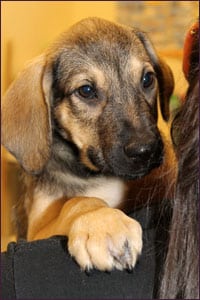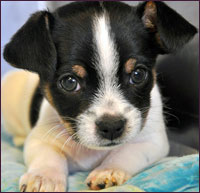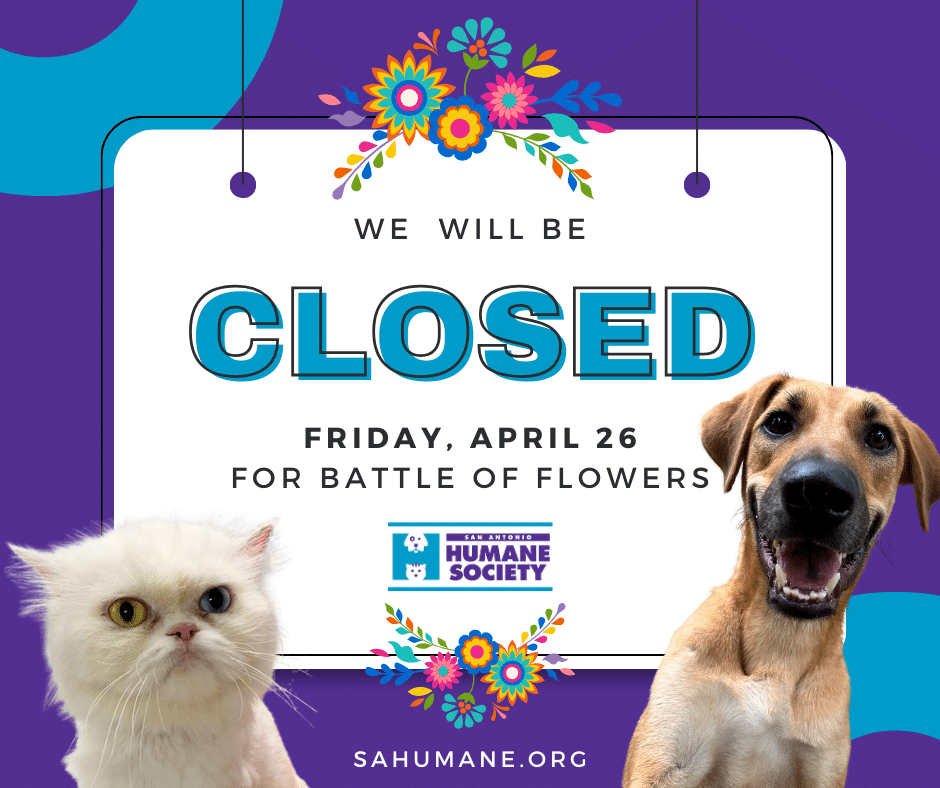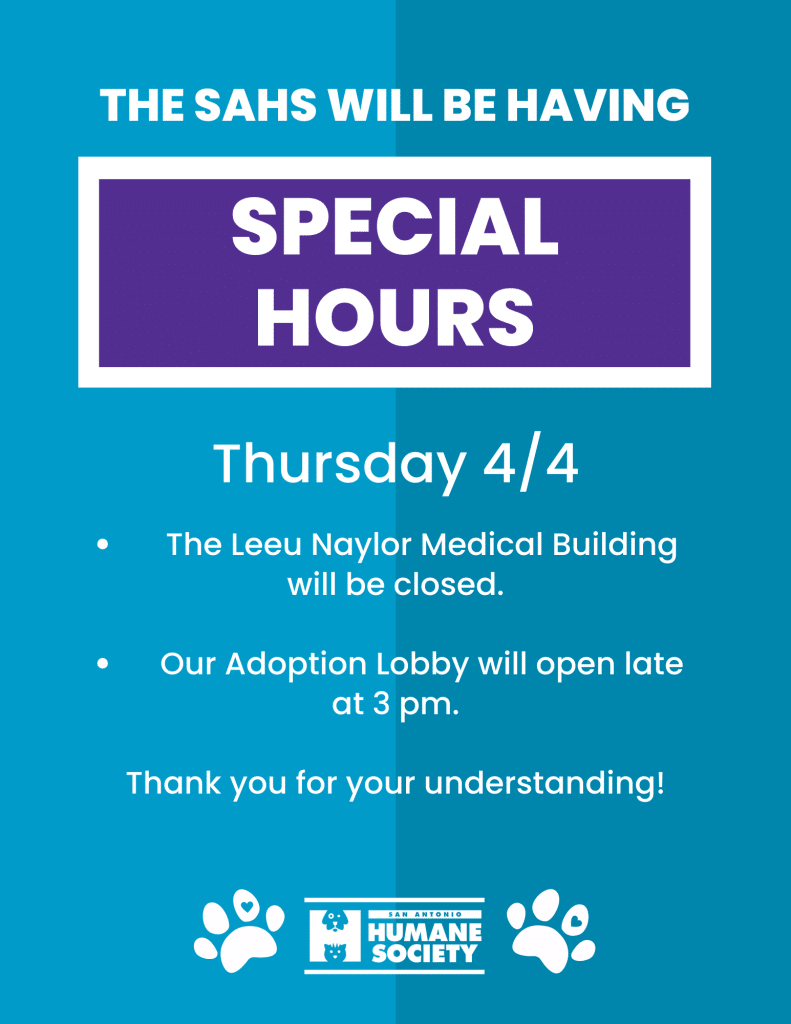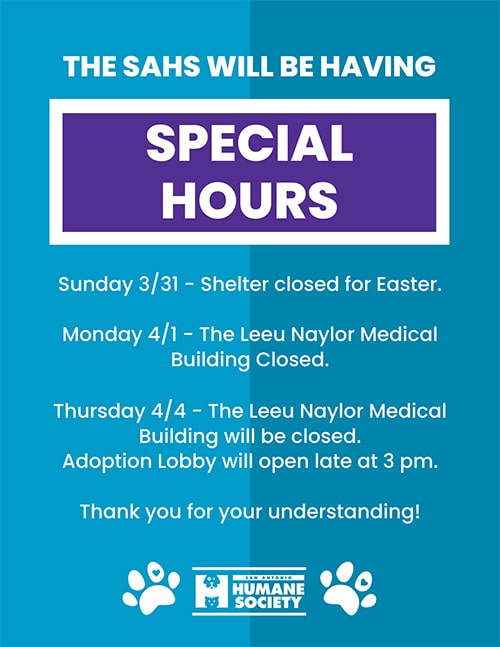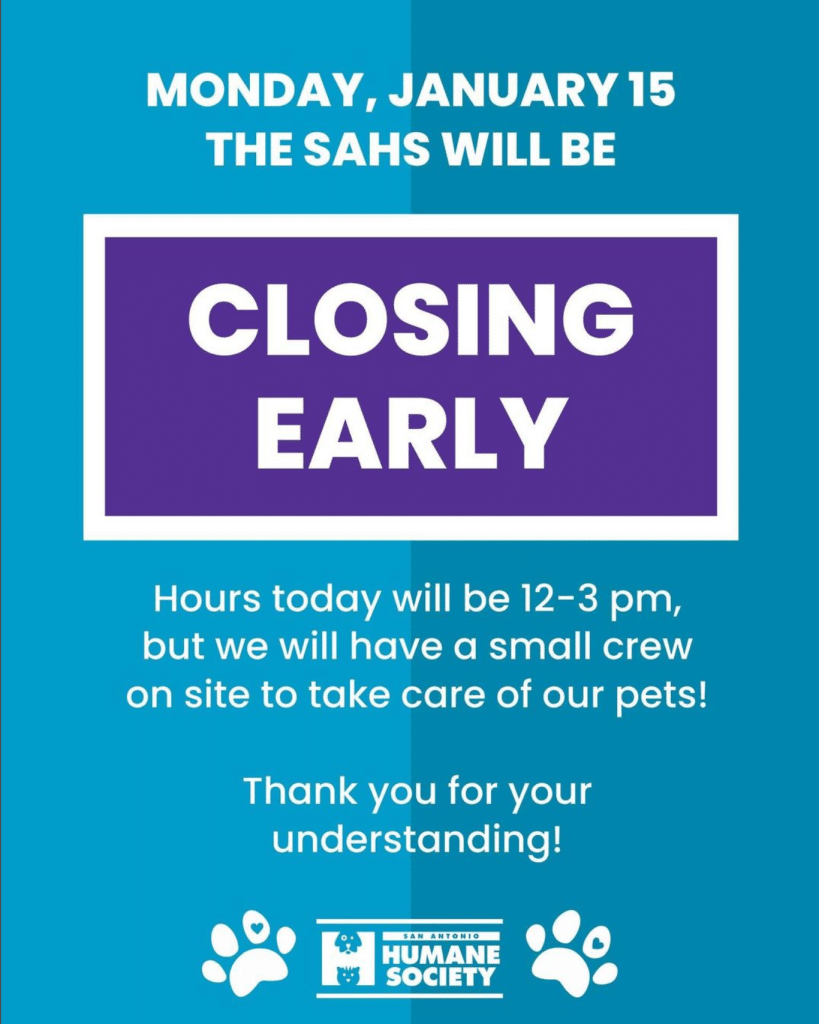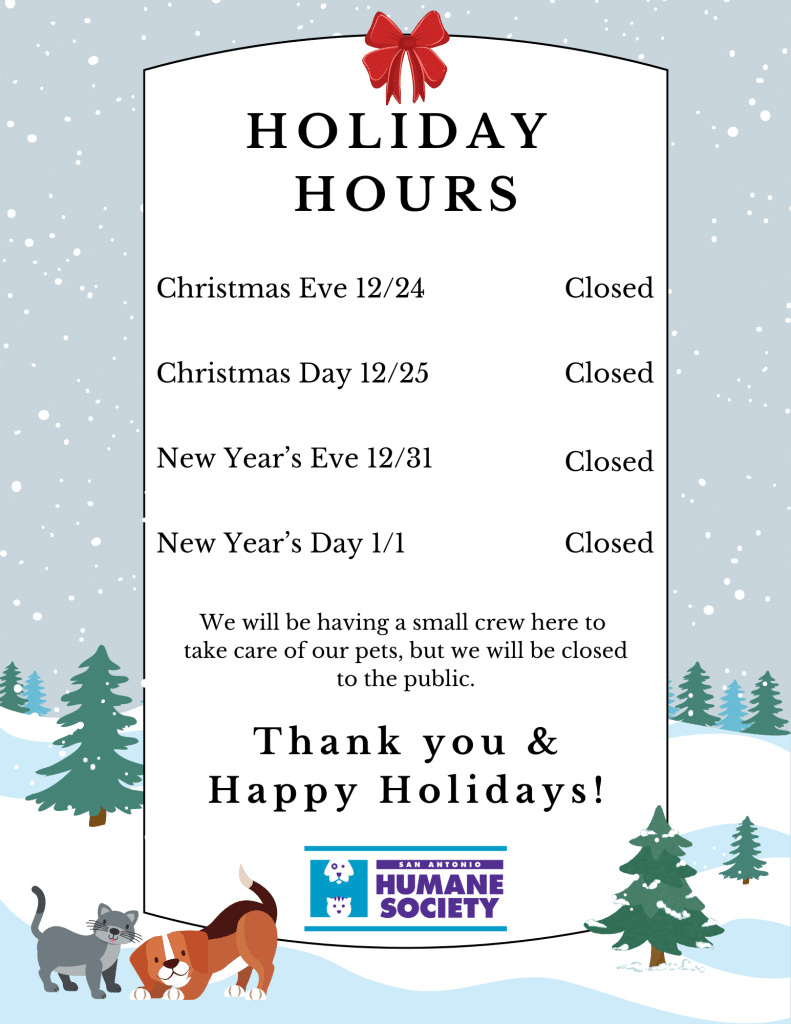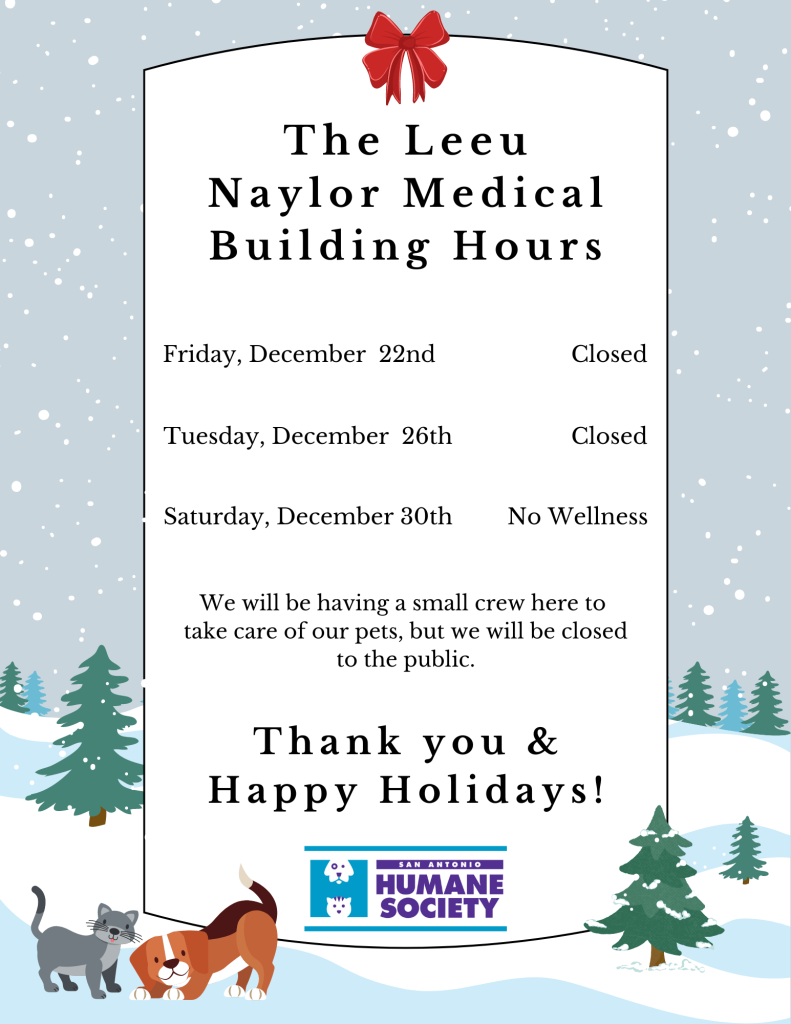Having a new puppy is fun and exciting! Laying the ground work for a lifelong good relationship can also seem like a lot of work! These are important times for you and your puppy! Keep trying and ask the experts for help when you get stuck. You’ll be glad you did!
Here you are almost 2 months into a relationship with a brand new puppy! And the age old question starts rearing its ugly head, my puppy keeps having accidents on the floor, is this normal? The answer depends on several factors:
1. The age/size of your newest addition. Younger puppies, 2-4 months will, just like toddlers, not understand the concept of where to potty even if you are doing everything right. Keep being consistent and be patient. Chances are they will catch on as their thinking matures in the next couple months. Older puppies, 4-7 months can pick this up very quickly if the training is going well. Similarly, small dogs like Chihuahuas and Pomeranians have a much harder time being fully potty trained then larger dogs like labs. Why is that you ask? Because a small dog often does not view the whole house as his/her den. Most often they have a single room that they view as “their home” and the rest of the house is clumped together in “the outside world”. Its harder to get across to them the difference. Be patient. Be consistent. And understand that with a small dog, accidents may be something you deal with for the entirety of their life.
2. Training/Consistency. Have you gotten your puppy on a consistent feeding schedule and sleep schedule? Do you practice good “crate training”? If the answers to either or both of these questions is no, then chances are good that you are still dealing with potty training issues. The quickest and surest way to teach a puppy good potty training habits is through training and consistency! Just like with a child, a schedule is a must. This may mean getting up early on your day off for a while to let the puppy eat and go outside! Never take your puppy out of the kennel without immediately going out to go potty in the grass. And never let your puppy wander about your house unsupervised. They have very small bladders and a small puddle is not just an inconvenience, it’s a set back to your potty training efforts. Watch for them sniffing the floor and “looking for a place” especially if they seem to be using the same areas. Get a book on “Crate training” or do research on the internet for helpful hints!
3. Your puppy’s intelligence. Yes its true. Just like with people, dogs have different intelligence levels, levels of comprehension, and things they are good at. You might get lucky and have a pup that just naturally likes to be clean! That makes potty/crate training a breeze! You might also have a pup who doesn’t seem to care or understand. Again, be patient, be consistent, keep trying! It can actually take as long as the full first year before you stop seeing those occasional accidents in the home.
Separation anxiety is a condition in which the pup/dog becomes fearful and either destructive/loud when left alone. It is a common problem in young dogs and in dogs who were inappropriately socialized when they were younger. Some dogs also suffer from this condition due to insecurities in themselves and their environment. In short, the easiest way to approach this problem or keep it from becoming a problem is through the same method as potty training: Crate training! Crate training gives the puppy a “safe environment” to call their own and takes away their need to make decisions on their own. It also keeps them from being destructive around the house and getting into trouble. Starting as soon as possible is important in the process. The hardest part is the crying in the beginning, but don’t worry, by now if things are going well, you should long be past the point where they cry for very long when you put them in the crate. A few minutes and they settle in for the night. Just remember, if you have been giving in and letting them out because they are screaming or crying, you are hindering your own progress in both separation anxiety and potty training. Be strong!
Young puppies, under 4months, need 3-4 sets of vaccinations depending on the protocol and company your veterinarian uses. These vaccinations will need to be given starting at 6-8 weeks and continuing every 2-4 weeks until the puppy is 4 months old at which time they will also receive their rabies vaccination. These puppy shots are very important in the prevention of the major puppy diseases like Parvo and Distemper which are common in the San Antonio area. Remember, too, that the puppy is not fully protected until all shots are given! Introducing pup to new people is important during this time but make sure to carry him/her in any location where you are unsure what other dogs have been there. This includes places like Petstores, Dog Parks, and apartment complex grass. Sick puppies could easily have visited these areas and left their germs behind.
You should start training your puppy the moment you get them home! They are never too young to start learning. Crate training, potty training, and good habits can be instilled day one with a 6 weeks old pup. You can even start working on sit and come as young as 6-8wks. But remember, just like with potty training, some pups will catch on faster than others so don’t be discouraged if your young puppy doesn’t seem to catch on right away. Same rules apply: be patient, be consistent, and keep trying! Get a good dog training book and stick with it. When your pup has all their shots go to a local puppy obedience class! You’ll be so glad you did. Great for socialization and for those basic ground rules that will make your relationship so much more fun. Two “musts” for puppy training: 1. Remember that any habit that looks cute in a puppy but can develop into a bad habit in an adult should be discouraged from the beginning. This includes things like “mouthing your hand”, “chewing on shoes”, and “playing tug” or even “talking back” and “ignoring you”. These things can seem really cute when the puppy is 8 pounds but when the pup is 80 pounds and eating your favorite loafers or leaving scratches on your arm it won’t be cute anymore. 2. Always be consistent! This is the hardest thing to do! When you ask your pup to sit make sure that you can enforce it. Don’t give your pup the command from across the room unless you are willing to stand up and go make him/her do it. Each time you use the command and then give them permission to ignore it by not making them do it, you lessen the effectiveness of ALL your commands.

